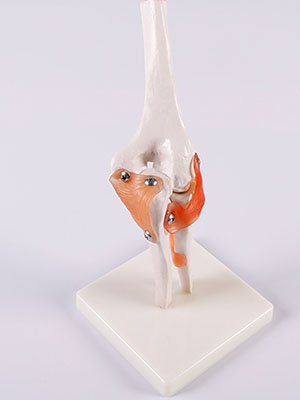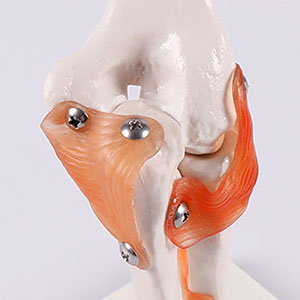Welcome to visitShanghai Chinon medical Model & Equipment Manufacturing Co., LTD
With the continuous innovation of medical technology, the gradual rise of virtual elbow joint model has indeed begun to challenge the dominant position of traditional solid model in clinical practice. Especially in the field of clinical application and medical education, virtual elbow joint model is being widely adopted by virtue of its unique advantages. The following is an analysis of the impact of the virtual elbow joint model in terms of clinical significance, industry experts and data.

1. Clinical significance: Improve diagnostic and surgical accuracy
The greatest clinical significance of the virtual elbow joint model is that it can provide a more accurate three-dimensional display and dynamic simulation to help doctors make more efficient diagnosis and surgical planning.
This virtual model is not only limited to static display, but also can be dynamically demonstrated to simulate the performance of the elbow joint in different motion states. For example, doctors can use a virtual elbow joint model to predict the stability of the joint during movement and evaluate the effectiveness of different treatment options. This provides more accurate operation guidance for elbow joint minimally invasive surgery, and greatly improves the success rate of surgery.
In addition, the virtual model can help doctors preview the procedure in advance and identify potential risks or problems, thereby avoiding clinical uncertainties. Compared with traditional solid models, the real-time adjustment ability of virtual models allows physicians to repeatedly simulate surgical operations without physical constraints, which is particularly important in complex surgery applications.

2. Industry Expert Perspective: Transforming Education and Training
In medical education and training, the virtual elbow joint model also shows great potential. While traditional solid models are usually made based on standard anatomy, virtual models can be personalized based on patient specific image data, reflecting the unique anatomical characteristics of each patient.
For surgeons and physiotherapists, the virtual elbow joint model provides a highly interactive learning platform. Industry experts believe that this model can help doctors better understand joint structure and function, while improving their decision-making ability before and after surgery. Some top hospitals and medical centers are already using virtual models for teaching, especially in the complex treatment of elbow injuries. Through the virtual elbow joint model, students can practice the procedure repeatedly and become familiar with different types of surgical methods without relying on real patients or laboratory animals.

3. Data analysis: Accuracy and efficiency
The advantages of the virtual elbow joint model are not only reflected in its high-precision visualization ability, but also in the efficiency of data processing. Through advanced data analysis technology, doctors can obtain personalized 3D elbow joint models in a short time, without having to rely on the cumbersome solid model making process. This process not only saves a lot of time and cost, but also provides stronger data support for medical research.
The data analysis also enables the virtual elbow joint model to perform more complex calculations and simulations, such as the simulation of the recovery process after a joint injury and the prediction of different treatment modalities. These models help doctors predict how well a patient will recover after surgery and guide the course of treatment based on the data. In the traditional solid model, although some basic physical simulation can be performed, it cannot simulate various movements and treatment effects as accurately as the virtual model.
Conclusion
In general, the virtual elbow joint model is gradually replacing the traditional solid model, especially in the areas of diagnostic accuracy, surgical planning, personalized treatment, and medical education. Data-backed virtual models not only provide doctors with more precise treatment plans, but also bring a more personalized treatment experience to patients. With the continuous progress of technology, virtual models have broad prospects in clinical application and are expected to play an increasingly important role in the future medical industry.
|
NEXTпјљIs the demand for leg venipuncture models growing?
LASTпјљWill first aid training SIMS help you cope better with life's challenges? |
Return list |